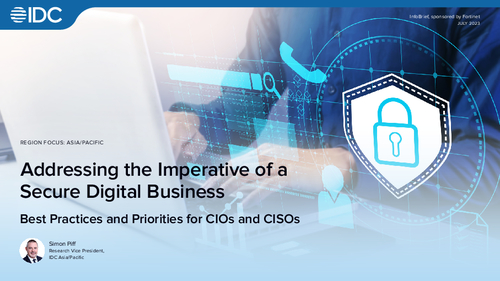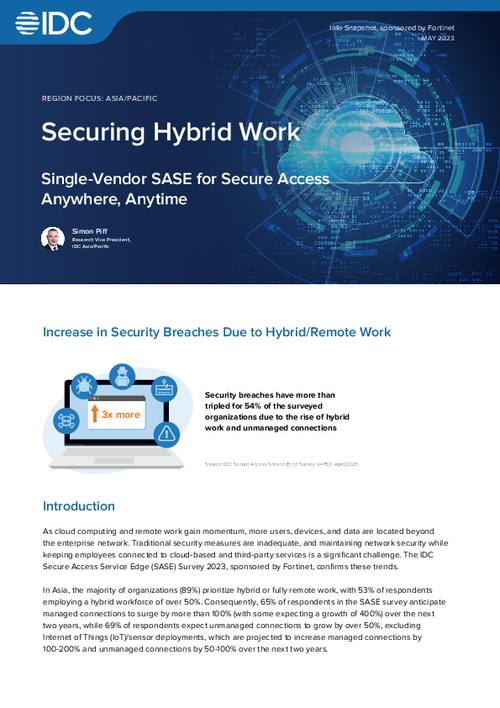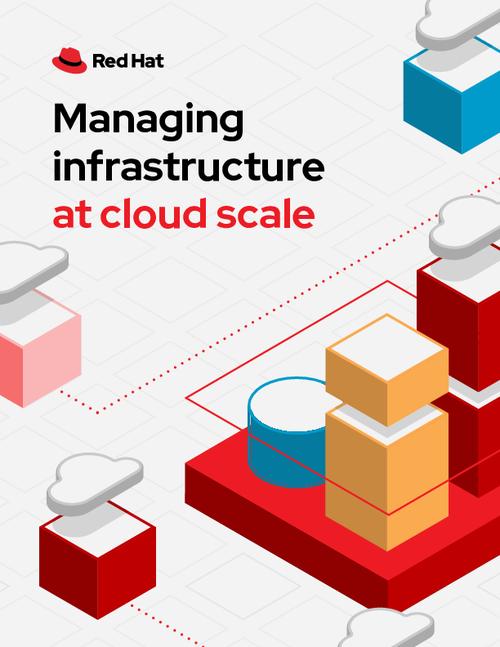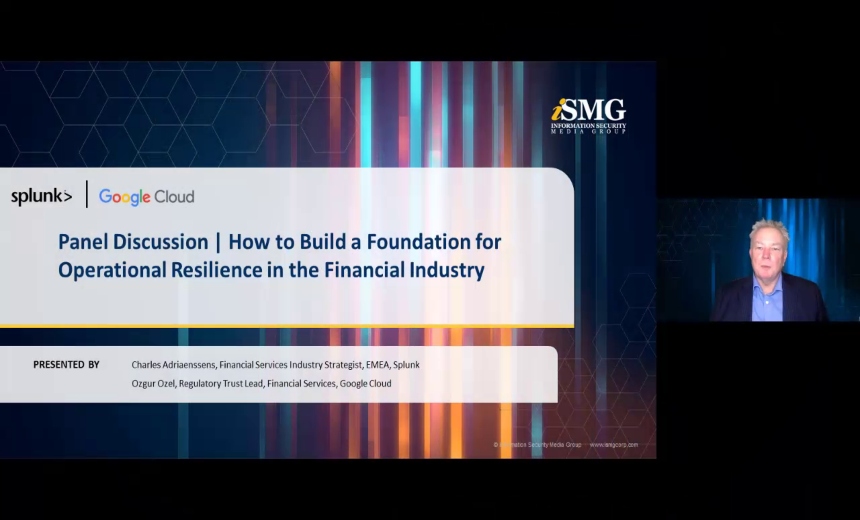Digital Identity , Industries , Logistics & Shipping
How Gulftainer Is Using Innovation to Future-Proof Business
Vinay Sharma, Director - IT, on AI-Enabled Automation for Better CX and Efficiency
UAE-based Gulftainer is a leading global port operator, with 15 ports and logistics operations in six countries. Since its launch in 1976 at a Sharjah container terminal, Gulftainer has grown its portfolio spanning seaports in the UAE, Saudi Arabia, Iraq and the United States. In addition to this, the company also offers freight forwarding, supply chain solutions and logistics cities through Momentum Logistics and Avalon Transport. With its extensive geographical presence, Gulftainer has positioned itself as a key player in the global port and logistics industry. The company uses digital innovation for achieving competitive advantage and business continuity.
See Also: Research Survey Report: The State of Enterprise Mobile App Security
Incubating Innovation for Future Needs
In the year 2021, Gulftainer launched "Future of Ports," a platform aimed at addressing key business challenges in the port sector and fostering disruptive impact through innovative technologies. Of over 2000 participating companies, it chose four winners - eYard, Morpheus Networks, Throughput and Zainar, who showcased solutions in areas of IoT, AI/ML, big data analytics and blockchain technologies.
"We initiated pilot projects with these technologies and will soon convert them into real projects for deployment in the near future. This demonstrates our commitment to embracing cutting-edge technologies and driving innovation in the industry," says Vinay Sharma, group director - IT at Gulftainer.
Applying AI in Ports and Logistics Functions
According to Sharma, Gulftainer leverages AI in driving three primary aspects: cost optimization, operational efficiencies and customer experience. AI provides real-time information and insights supporting decision-making processes.
"By analyzing data from various sources, including sensors, devices and historical data, we’re able to optimize, automate operations and enhance decision-making capabilities," Sharma says.
AI-based automation and generative AI also play a major role in automating repetitive manual processes. Automation has not only improved efficiency by limiting human intervention but has also reduced the error rate by a considerable margin and sped up operations.
"We also use AI-powered video analytics to enhance security and safety of ports and improve overall port management," Sharma says. "Application of AI has allowed us to improve customer service by improving response time, accuracy and personalization. It has enabled us to provide a more efficient and effective customer experience while reducing costs and increasing revenue."
Mitigating Risks With Robust Security Posture
Ports and logistics are part of critical infrastructure. Hackers are aware of the damage they can cause by breaching the networks. Therefore, it is imminent for organizations to ensure a strong cybersecurity posture to mitigate both existing and emerging risks.
"We place a strong emphasis on continuous improvement in our cybersecurity and risk mitigation strategies. Regular internal and external security audits, periodic risk assessments and reviews of the risk register are part of hygiene check to identify and prevent critical security risks to our digital information infrastructure," he says.
Some of the key cybersecurity measures adopted by Gulftainer include:
- Multi-factor authentication (MFA): For critical systems and applications to add an additional layer of security and prevent unauthorized access;
- Data encryption: To protect sensitive data in transit and at rest, ensuring that data remains secure and confidential;
- Ai-powered security information and event management (SIEM): To continuously monitor and analyze security events, providing real-time visibility into potential security threats;
- Periodic employee awareness programs: To educate employees about the imminent threats, best practices and security protocols;
- Incident response plan: A well-defined plan that includes protocols for detecting, containing and mitigating cybersecurity incidents.
Customer-Centric Digital Road Map for the Future
To augment its digital efforts and enable stakeholders with many more efficient tools, the company has prepared a comprehensive road map encompassing various areas. "Our primary motive is to enhance customer experiences by leveraging futuristic technologies. We want to provide more personalized seamless services to our clients. Our experiments with the start-up companies will continue," Sharma says.
Digital transformation is an elusive dream unless accompanied by a proactive cybersecurity and risk management strategy. "We can’t afford to ignore the growing sophistication of attacks. Our digital assets and operations need security and resilience."
To stay ahead of the curve, Gulftainer has equipped itself with a continuous process of ideation and innovation as part of digital transformation journey. By leveraging advanced technologies, adopting a customer-centric approach, and prioritizing cybersecurity and risk management, it is on course to shape the future of ports and logistics operations.





















